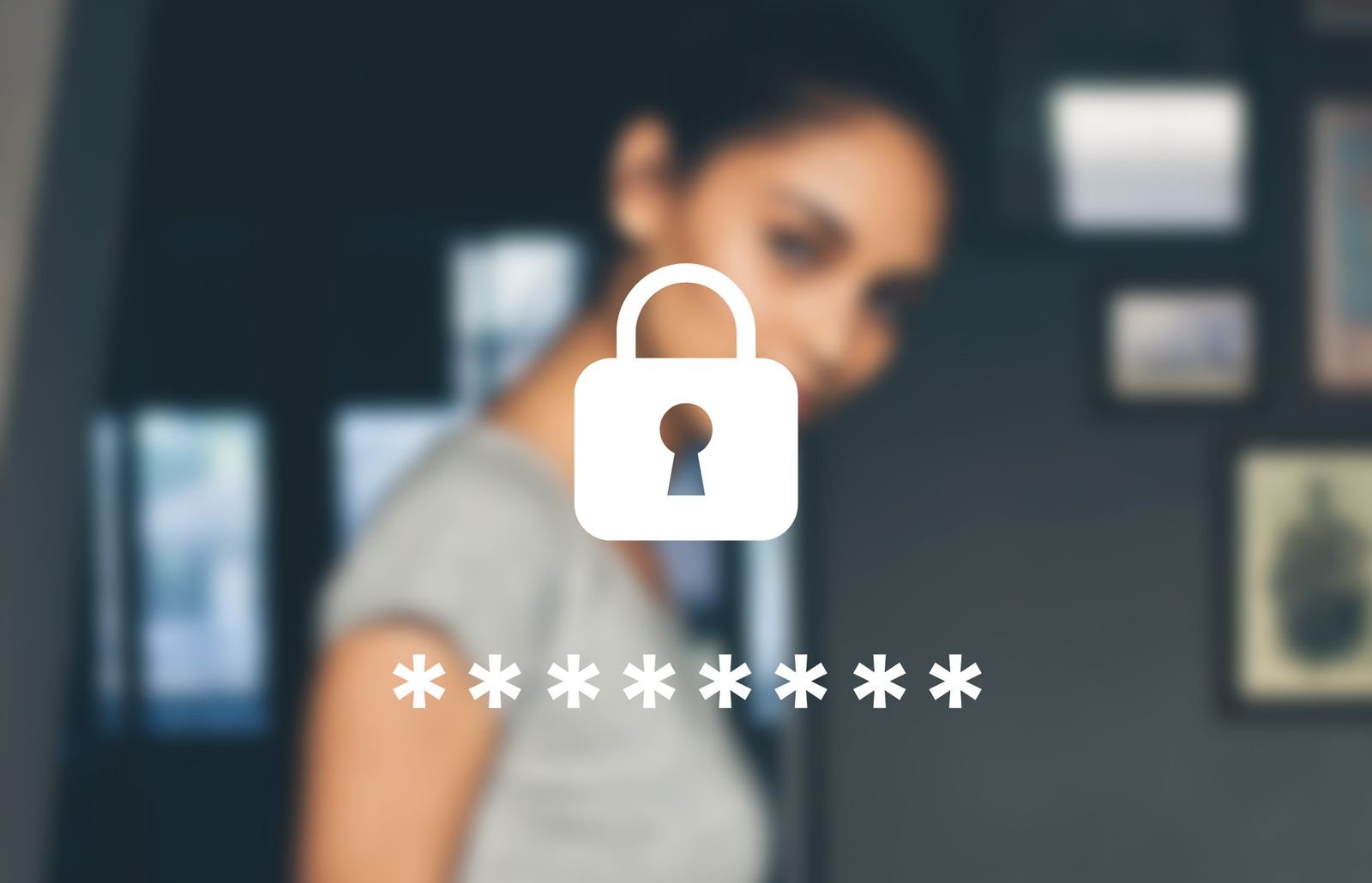
Understanding Multi-Factor Authentication (MFA): Process, Benefits, and Best Practices for Enhanced Security
Multi-Factor Authentication (MFA) is a security mechanism that requires users to provide two or more verification factors to gain access to a system, application, or account. MFA enhances security by adding layers of protection, making it more difficult for unauthorized users to access sensitive information. Below is a detailed explanation of the MFA process:
1. What is MFA?
MFA combines two or more of the following authentication factors:
-
Something You Know: A password, PIN, or security question.
-
Something You Have: A physical device like a smartphone, security token, or smart card.
-
Something You Are: Biometric data such as fingerprints, facial recognition, or voice recognition.
By requiring multiple factors, MFA significantly reduces the risk of unauthorized access, even if one factor (e.g., a password) is compromised.
2. How MFA Works
The MFA process typically involves the following steps:
Step 1: User Initiates Login
-
The user enters their username and password (the first factor) on the login page of the system or application.
Step 2: First Factor Verification
-
The system verifies the username and password against its database.
-
If the credentials are correct, the system proceeds to the next step. If not, access is denied.
Step 3: Second Factor Request
-
The system prompts the user to provide a second authentication factor. This could be:
-
A one-time password (OTP) sent via SMS, email, or an authenticator app.
-
A push notification sent to a registered device.
-
A biometric scan (e.g., fingerprint or facial recognition).
-
A hardware token or smart card.
-
Step 4: Second Factor Verification
-
The user provides the requested second factor (e.g., enters the OTP or approves the push notification).
-
The system verifies the second factor:
-
For OTPs, it checks if the code matches the one generated by the system.
-
For biometrics, it compares the scan with stored biometric data.
-
For hardware tokens, it validates the token’s response.
-
Step 5: Access Granted
-
If both factors are successfully verified, the user is granted access to the system or application.
-
If either factor fails, access is denied, and the user may be prompted to try again or follow a recovery process.
3. Types of MFA Factors
MFA relies on different types of authentication factors, which can be combined in various ways:
a. Knowledge-Based Factors
-
Passwords/PINs: The most common first factor.
-
Security Questions: Answers to predefined questions (e.g., “What is your mother’s maiden name?”).
b. Possession-Based Factors
-
One-Time Passwords (OTPs): Sent via SMS, email, or generated by an authenticator app (e.g., Google Authenticator, Microsoft Authenticator).
-
Push Notifications: Sent to a registered mobile device for approval.
-
Hardware Tokens: Physical devices that generate OTPs or use cryptographic keys (e.g., YubiKey).
-
Smart Cards: Cards with embedded chips that require a reader.
c. Inherence-Based Factors (Biometrics)
-
Fingerprint Scans: Uses unique fingerprint patterns.
-
Facial Recognition: Analyzes facial features.
-
Voice Recognition: Matches voice patterns.
-
Iris Scans: Uses unique iris patterns.
d. Location-Based Factors
-
Geolocation: Verifies the user’s location using IP address or GPS data.
-
Network-Based: Restricts access to specific networks or IP ranges.
e. Behavior-Based Factors
-
Typing Patterns: Analyzes keystroke dynamics.
-
Device Usage Patterns: Tracks how a user interacts with a device.
4. Benefits of MFA
-
Enhanced Security: Adds multiple layers of protection, reducing the risk of unauthorized access.
-
Compliance: Helps meet regulatory requirements (e.g., GDPR, HIPAA, PCI DSS).
-
Protection Against Phishing: Even if a password is stolen, attackers cannot access the account without the second factor.
-
User Trust: Builds confidence among users that their accounts and data are secure.
5. Challenges of MFA
-
User Convenience: Additional steps can be seen as inconvenient by some users.
-
Device Dependency: Possession-based factors require access to a specific device (e.g., smartphone).
-
Implementation Costs: Setting up MFA systems can require investment in hardware, software, and training.
-
Recovery Complexity: Lost or compromised factors (e.g., a stolen phone) can make account recovery challenging.
6. Best Practices for Implementing MFA
-
Choose the Right Factors: Balance security and user convenience by selecting appropriate factors for your audience.
-
Educate Users: Provide clear instructions and training on how to use MFA.
-
Use Adaptive MFA: Implement context-aware authentication that adjusts requirements based on risk (e.g., location, device, behavior).
-
Monitor and Update: Regularly review MFA logs and update systems to address vulnerabilities.
-
Provide Recovery Options: Ensure users have secure methods to recover access if they lose a factor (e.g., backup codes, alternate email).
7. Common MFA Use Cases
-
Enterprise Security: Protecting access to corporate networks, email, and cloud applications.
-
Online Banking: Securing financial transactions and account access.
-
E-Commerce: Safeguarding customer accounts and payment information.
-
Healthcare: Protecting patient data and complying with HIPAA regulations.
-
Remote Work: Ensuring secure access to company resources for remote employees.
8. Popular MFA Solutions
-
Google Authenticator: Generates time-based OTPs for MFA.
-
Microsoft Authenticator: Supports OTPs and push notifications.
-
Duo Security: Provides flexible MFA options, including push notifications and biometrics.
-
YubiKey: A hardware token for strong authentication.
-
Authy: A cloud-based authenticator app with multi-device support.
By implementing MFA, organizations can significantly enhance their security posture and protect sensitive data from unauthorized access. The process is straightforward but highly effective, making it a critical component of modern cybersecurity strategies.